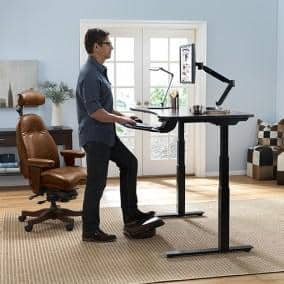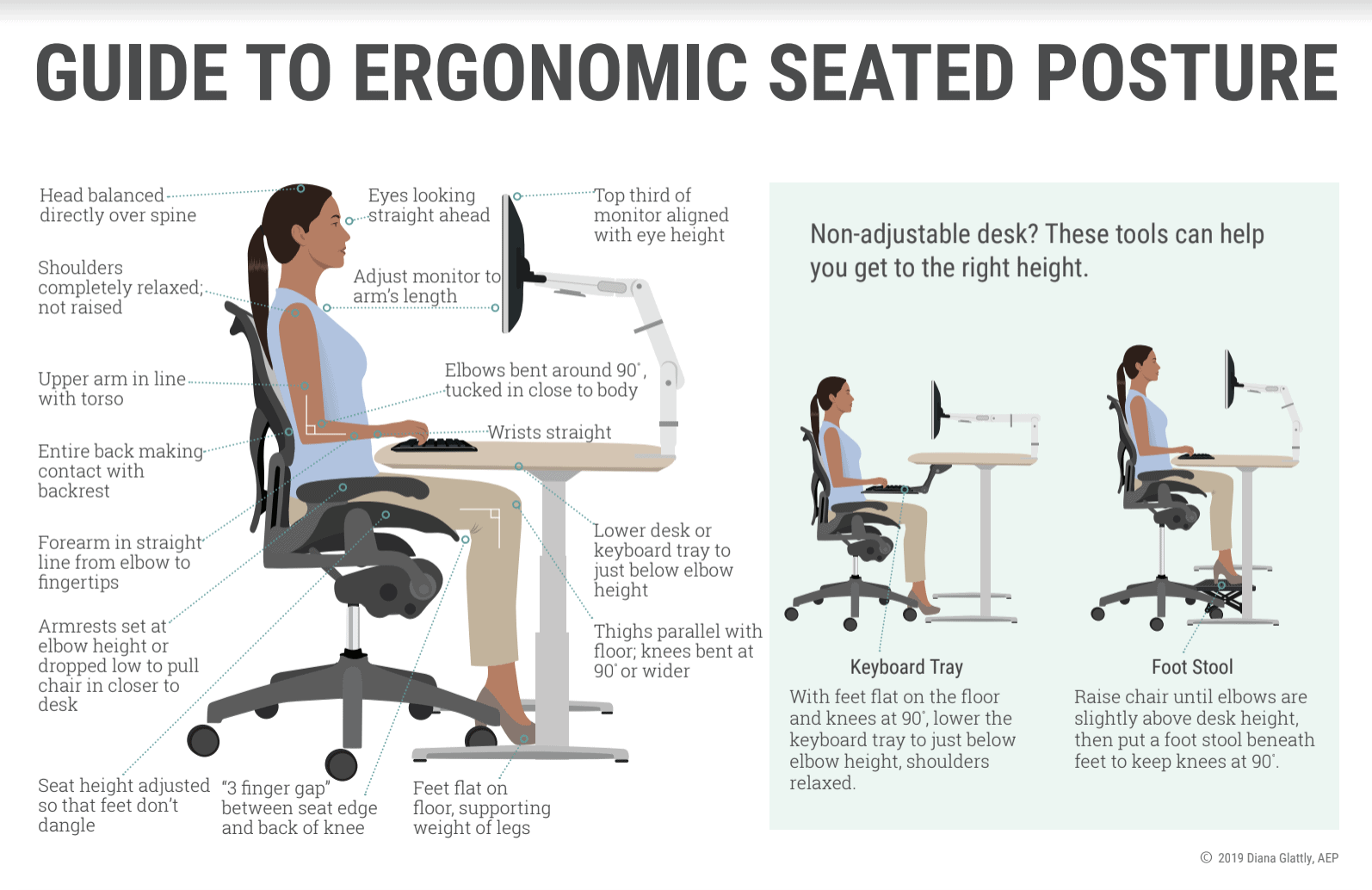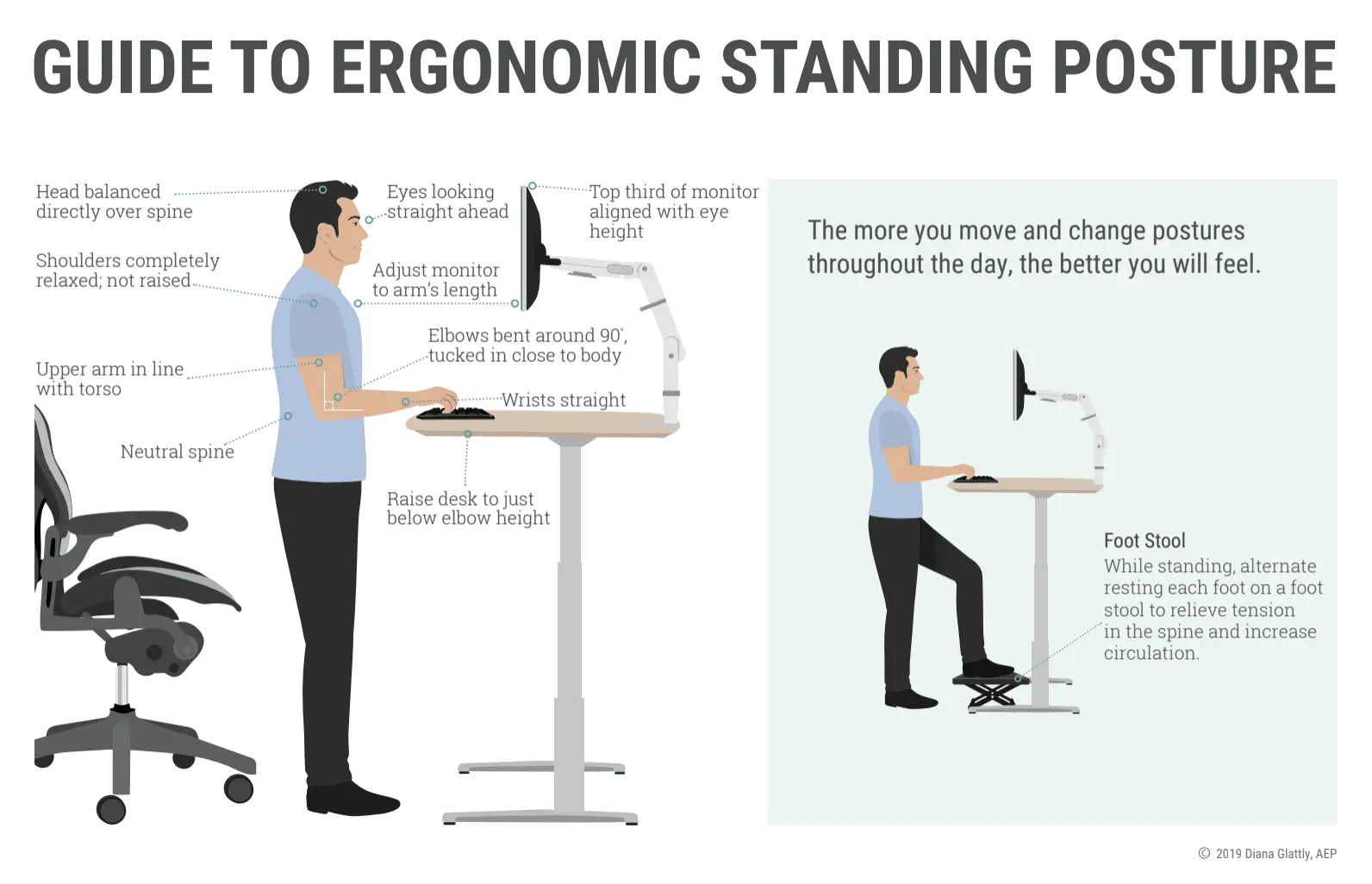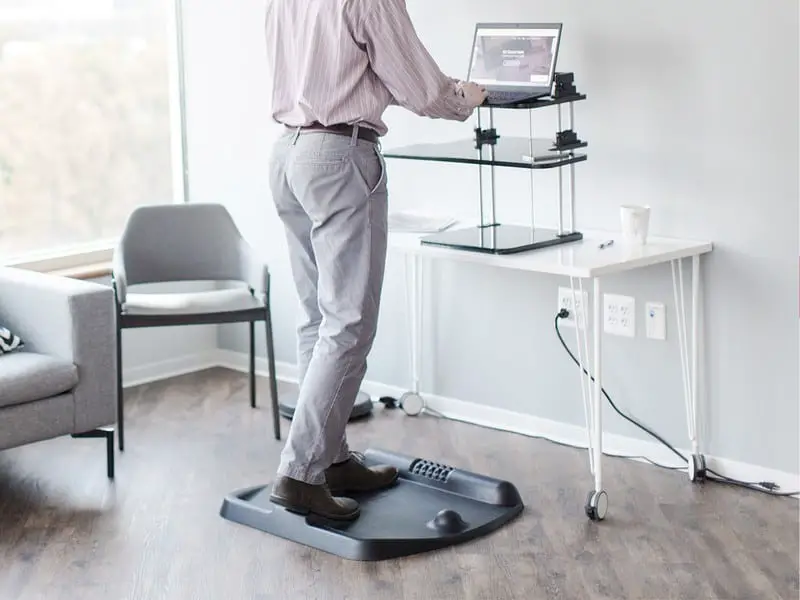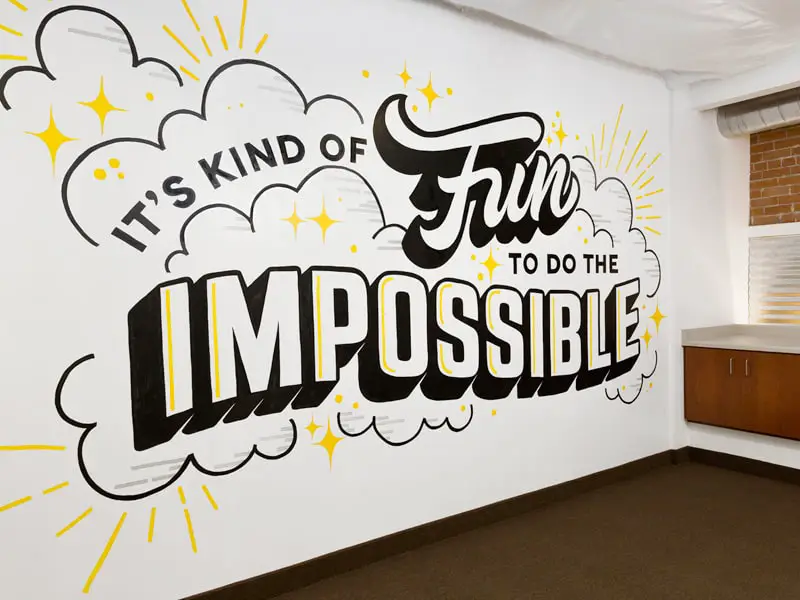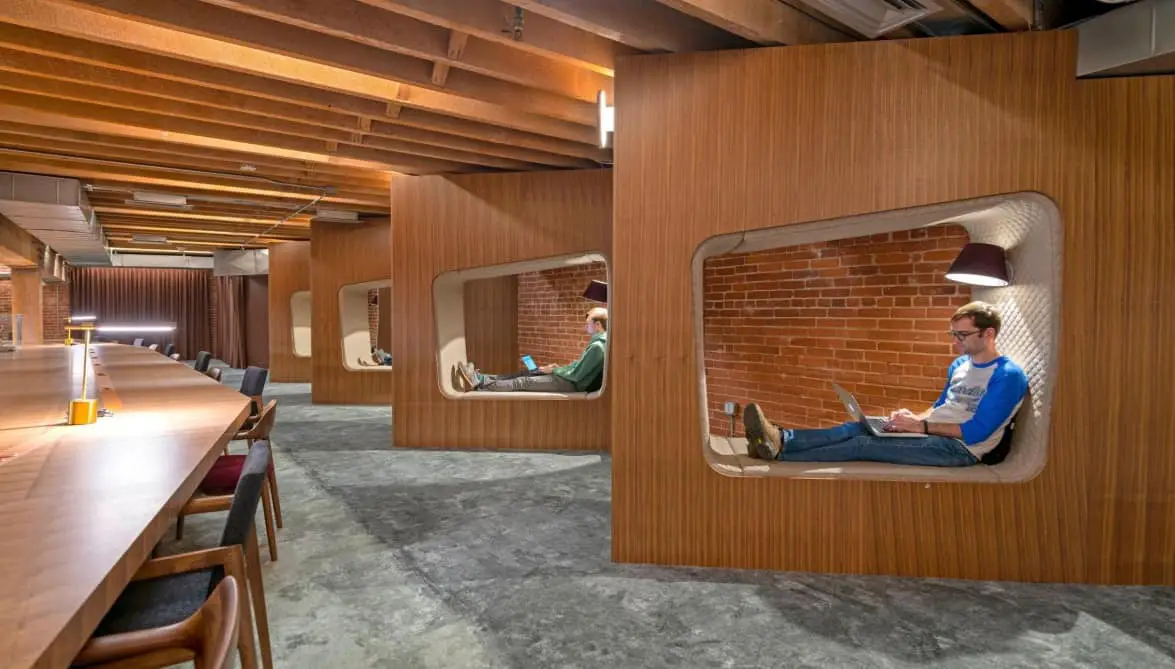Hearing the term “workplace violence” sounds as though it would be an obvious, physical altercation. While that is one aspect of the term, there are a number of other acts that are considered to be violence at work. Not only will understanding the intricacies of the term help you to avoid making these mistakes, but it will make you more aware of the rights you have in the workplace.
What is considered workplace violence? Workplace violence can include verbal threats or a physical attack by a coworker or client, inside or outside of the place of work. The existence of workplace violence is far too common and should be actively mitigated against.
This article will describe the specific types of workplace violence, how to reduce or prevent them, and the rights that employees have against it. The comprehension of these aspects of workplace violence is the beginning of making an effort to do better. If we want work environments to be safer and better overall, it is imperative that companies place an emphasis on putting a stop to workplace violence.

Types of Workplace Violence
Many forms of workplace violence are obvious. Others, however, are less known. Despite being unaware of an action being considered workplace violence, it is still your responsibility to avoid doing it or reporting it when seen. The types include physical violence or threatening it, intimidation, and harassment.
Physical Violence and Threats
Receiving a threat or experiencing physical violence at work is generally hard to miss. This makes this type of workplace violence one of the obvious kinds. Physical acts of violence can be everything from a push to a slap and everything in between. The general rule of thumb is to simply keep your hands to yourself and expect others to do the same.
Unfortunately, not all individuals are capable of refraining from violent acts. In fact, 2017 saw 458 fatal workplace injuries resulting from willful injury from someone else. Keep in mind, that statistic is from the United States alone. The idea that you might lose your life by simply going to work is not one that we like to think about, but it is one that should be addressed. The number of reported physical violence injuries at work not resulting in death is an astonishing 18,400
resulting from willful injury from someone else. Keep in mind, that statistic is from the United States alone. The idea that you might lose your life by simply going to work is not one that we like to think about, but it is one that should be addressed. The number of reported physical violence injuries at work not resulting in death is an astonishing 18,400 in the United States.
in the United States.
Although less immediate and far less reported, threats are damaging to employees and the company overall. Acts of physical violence can be threatened directly or indirectly, but both are considered workplace violence and need to be addressed. Allowing a threat to go unnoticed by management can lead to the actual act of violence.
Preventing physical violence and threats in the workplace are important in providing employees with a safe work environment. A safe environment will also give workers the peace of mind to focus on their jobs and tasks at hand, rather than fearing for what might happen throughout the day. Learning how to prevent this form of workplace violence will be discussed a bit later. (We have written a related article – Towards a Science of Workplace Spirituality )
)

Intimidation
At its most basic definition, workplace intimidation is essentially bullying. This is why most also call it workplace bullying. It is an action that is cruel and unnecessary at work. Intimidation is often a way of forcing employees to quit, do specific tasks, or manipulate others. No matter the reason behind intimidation, it is not a proper way to approach any situation and needs to be stopped in its tracks.
Unfortunately, most intimidation tactics in the workplace are perfectly legal. However, just because they are legal does not make them right. Illegal intimidation is typically only when the bullying is based on demographics like race, gender, sexual orientation, or disability. This is when workplace intimidation becomes discrimination. (We have written a related article – Everything You Need To Know About Workplace Intimidation) )
)
Discrimination is not always the issue to be dealt with. Sometimes a coworker interferes with your ability to work in order to ensure their own success or even takes credit for what you have done. Although these situations seem juvenile and unlikely in the adult working world, situations just like these happen regularly. Putting a stop to this style of workplace violence is crucial to a peaceful and productive environment.
Harassment
Harassment comes in many forms but ultimately is defined as undesired behavior based on an individual’s gender, religion, nationality, age, and similar demographics. Due to recent societal changes, harassment is a heavily discussed topic in offices and various employment buildings across the nation. Perhaps one of the hottest topics among harassment is sexual harassment.
What one person might see as a joke, another can take a completely different way. Because of this, it is best for employees to refrain from making sexual jokes or innuendos. It is also best for coworkers to avoid touching others as much as possible. Placing a hand on someone’s shoulder might seem innocent enough, but it can make the other person feel very uncomfortable. These examples are just two of many sexual harassment incidents that might occur in the workplace.
Another type of harassment that occurs frequently is related to one’s sexual orientation. When a coworker’s lifestyle does not match up with your beliefs, it is important to keep the talk and any comments work-related. Steering the conversation to something that might cause a rift is not a good way to work together. It also opens the door for harassment to step in.
It is best for managers to remain diligent about keeping harassment at bay. By preventing the issue before there is one, employers have the ability to make the workplace far more enjoyable. This will lead to less turnover and more experienced employees.

Preventing Workplace Violence
When it comes to preventing workplace violence before it even begins, employers have their work cut out for them. That is not to say that it is impossible or not worth it to stop the violence prior to its start, it simply means that it is a lot of policy and procedure, communication, and training. By making an effort to prevent this kind of environment for employees, employers are sure to have a better workplace.
Many people wonder how a policy or procedure would help to stop anyone from doing what they want. While it is true that some individuals operate on a “what they don’t know won’t hurt them” philosophy, the majority of workers value their job (or paycheck) too much to risk it. This is where it is important to have a clear, defined policy on all forms of workplace violence. It is also imperative that the policy is always being updated to include new forms of violence that have been introduced with new generations.
The policy itself should always be zero tolerance. Having a “three-strike” policy when it comes to harassment, intimidation, threats, and physical violence is not effective in preventing the actions to begin with. However, having a policy that states that one incident of workplace violence means the end of the instigator’s career within that company is far more effective.
Having an outlined procedure when an incident does occur can help all involved. Rather than fumbling for an answer to the problem, there should already be one. All persons involved should know exactly how to proceed. A big part of this starts with communication. Open communication allows for a more efficient workplace in the work itself and reporting problems.
Creating an office environment where employees feel like they can speak with their superiors or coworkers about something that was uncomfortable for them is crucial. If an employee is experiencing workplace violence but doesn’t feel comfortable or safe enough to tell someone about it, there is another problem. Having an open-door policy when it comes to communicating issues and concerns is the best way to move forward.
Good communication often builds a bond between employees that is akin to friendship. Usually, this kind of relationship in the workplace makes workers feel more at ease, more comfortable with one another, and safer in general. Without good working relationships, employees might find that the work suffers and the environment is more challenging in preventing violence.
It is also imperative that all employees are included in training regarding workplace violence. It is important to understand what is included. Even when the policy is outlined in the employee handbook, many employees fail to do more than scan through the documents. Ensuring that all workers are completely aware of the policy and what is considered workplace violence is key to preventing any incidents.
Training and education are great tools in teaching organizations about the trouble that can be caused by an offensive comment or unwanted touching. Preventing these actions can save all parties a lot of time, uncomfortable feelings, and even their job. In order to accomplish this, training on this topic should involve more than just reading the policy. Teaching employees how to handle violent or angry clients is a good way to help prepare them for that situation.
With gun violence in today’s society, it is important that employees understand how to handle a client or coworker that brings a gun into their place of work. Proper training in this situation would teach them where to go, how to act, and what to do. The safety of the employees should be a priority and teaching them how to respond in dangerous situations at work will help them to remain calm in the event of an emergency.
Emergencies are not the most frequent workplace violence incidents, but it is always best to be prepared. Preparation is key to preventing workplace violence. By ensuring that the work environment is safe, working relationships are of good quality, and training is offered to teach employees about the topic, workplace violence will be far less frequent.

Employee Rights Against Workplace Violence
In a previous section, we discussed how many types of workplace violence are not against the law. If this is the case, what rights do employees have against workplace violence? Knowing what you can do about physical violence and threats, intimidation, or harassment in your place of work can help you if you have been a victim of workplace violence.
The governing body of workplace violence is the Equal Employment Opportunity Commission. It is the job of the EEOC to ensure that the laws regarding discrimination in the workplace. When cases of workplace violence are reported to the EEOC, it is then at the discretion of the commission if charges will be filed against the offending parties. This is often after a thorough investigation.
Because of the investigation, it is best to know all of the details surrounding the incident. This is why it is often recommended to write down everything that happened immediately after the occurrence. Be sure to make and keep a note regarding the date, time, place, what you were talking about or doing, and what the other person or people involved did. Knowing specific details can help the investigation.
If you or one of your employees is a victim of workplace violence, it is best to tell the appropriate parties. It is the right of employees to have a safe workplace. When workplace violence occurs that is not illegal, there are still options for the victim. For example, if the company holds a policy for harassment but does not stand by it, they can be sued for breach of contract. Employees should not have to put up with workplace violence. When it is an ongoing theme, there are ways to stop it.
Stopping workplace violence starts with identifying it and categorizing it. From physical acts of violence to threats, intimidation, and harassment of all types, workplace violence covers a variety of actions and topics. Preventing such a wide array of actions might prove to be challenging, but with the proper education and training of employees, it is possible. (We have written a related article – Everything You Need To know about Workplace Incivility )
)
It is also ideal to have a solid policy and procedure in place and try to have good working relationships between coworkers. Doing this can go far in preventing workplace violence. Finally, if workplace violence becomes a problem, be sure to understand your rights! Ensuring that you have a more comfortable workplace is key to producing your best work.
Related Questions
How should employers handle incidents caused by natural disasters? It is important for all workplaces to have a plan in place in case of a natural disaster. Plans should be kept in a well known location and should contain the contact information of all important parties. Employers wanting to make things easier on officials would contact their employees to ensure that they are safe.
What should employers do in the event of workplace violence against an employee under the age of 18? When a teen employee becomes a victim of workplace violence, it is important for the employer to address it immediately. Additional training should be implemented and the teen should be encouraged to tell his or her parents. Depending on the kind of workplace violence, the authorities might need to get involved.
Can I get fired for reporting workplace violence? It is against the law to take retaliation against reporting or rejecting any kind of sexual advances, harassment, threats, violence, or intimidation. If an employer were to fire an employee for this reason, there would be a strong reason to sue.


















